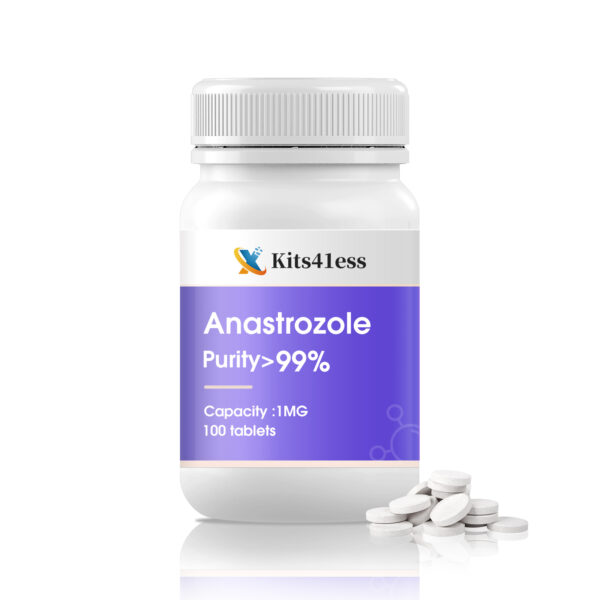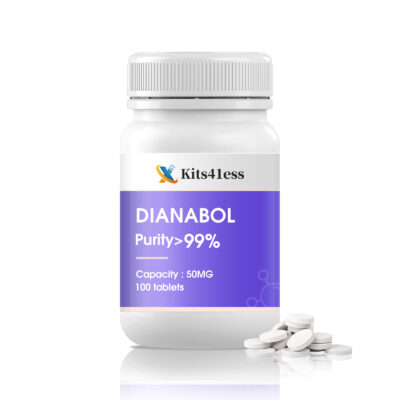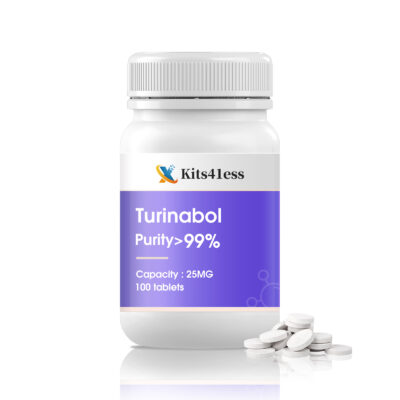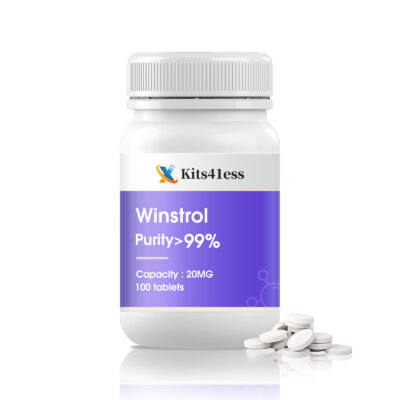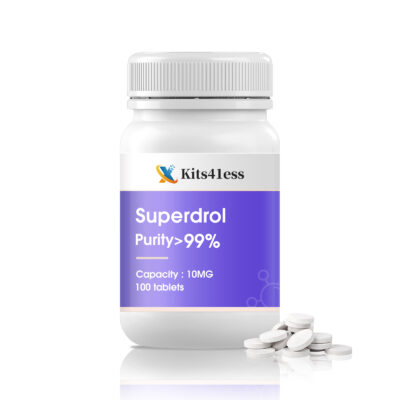Anastrozole
$18.00
Anastrozole Product Description
Anastrozole is a potent non-steroidal aromatase inhibitor developed specifically for breast cancer. With its precise mechanism of action, it has become a key therapeutic drug for postmenopausal breast cancer patients.
It specifically binds to the active center of aromatase and cuts off the estrogen synthesis pathway. For estrogen receptor-positive breast cancer cells, estrogen is the “fuel” for their growth. After significantly reducing estrogen levels, anastrozole can strongly inhibit the proliferation of cancer cells. Whether it is postoperative adjuvant treatment for early breast cancer patients, reducing the risk of recurrence and prolonging disease-free survival; or first-line treatment for advanced breast cancer, controlling tumor progression, relieving bone metastasis pain, and prolonging survival, it has shown significant efficacy. At present, researchers are also exploring its potential in the treatment of gynecological diseases and male breast hyperplasia.
Anastrozole is commonly available as an oral tablet of 1mg/tablet, and only 1 tablet is needed per day, which is convenient for long-term medication. However, treatment comes with certain risks: it may cause bone density to decrease and osteoporosis; cause menopausal symptoms such as hot flashes and night sweats; cause gastrointestinal discomfort; affect blood lipid metabolism and increase the risk of cardiovascular disease; and even cause rare liver function abnormalities, thromboembolism and other serious problems.
As a strictly regulated prescription drug, anastrozole must be purchased with a doctor’s prescription and has been included in the national medical insurance catalog. In the treatment of breast cancer, it is not only a powerful weapon against the disease, but also requires patients to use it in a standardized manner under the guidance of a doctor to balance efficacy and risks.
Description
Anastrozole Product Introduction
Anastrozole, also known as Anastrozole in Chinese, is a potent and selective non-steroidal aromatase inhibitor that plays a key role in the treatment of breast cancer and brings new hope for treatment to many patients. At the same time, it also has strict regulations and potential risks in clinical applications that need attention.
I. Basic characteristics
(I) Composition and structure
The chemical name of Anastrozole is α,α,α’,α’-tetramethyl-5-(1H-1,2,4-triazol-1-ylmethyl)-1,3-phenylacetonitrile, and its chemical formula is C₁₇H₁₉N₅. Its unique chemical structure enables it to specifically bind to aromatase, blocking the active center of the enzyme, thereby effectively inhibiting the action of aromatase and reducing the synthesis of estrogen. Compared with other aromatase inhibitors, Anastrozole has higher selectivity and specificity, and has no significant effect on the production of adrenal cortical steroids or aldosterone.
(II) Dosage form and specifications
The common dosage form is oral tablets, and the main specifications on the market are 1mg/tablet. This dosage form is convenient for patients to take. Patients can take it directly with warm water, and the tablets are easy to store and carry. It is suitable for patients who take long-term medication at home or when going out. In addition, some pharmaceutical companies are also developing different dosage forms, such as capsules, to meet the needs of different patients.
(III) Mechanism of action
Anastrozole reduces the production of estrogen from the source by inhibiting the activity of aromatase. Aromatase is a key enzyme that converts androgens into estrogen in the body. Especially in postmenopausal women, adipose tissue is the main source of estrogen, and the role of aromatase is more important. Anastrozole can bind tightly to the active site of aromatase, causing it to lose its catalytic function, thereby significantly reducing the estrogen level in the blood and tissues. For estrogen receptor-positive breast cancer cells, estrogen is an important factor in promoting their growth and proliferation. After reducing the estrogen level, anastrozole can effectively inhibit the growth of cancer cells and achieve the purpose of treating breast cancer.
II. Clinical application
(I) Treatment of postmenopausal breast cancer
Adjuvant therapy: It is suitable for adjuvant therapy of postmenopausal hormone receptor-positive early breast cancer patients. Clinical studies have shown that anastrozole performs well in reducing the risk of recurrence and prolonging disease-free survival. Compared with traditional tamoxifen, anastrozole can more effectively reduce estrogen levels and reduce the risk of breast cancer recurrence and contralateral breast cancer. After 5 years of adjuvant treatment with anastrozole, many patients have significantly reduced disease recurrence rates and significantly improved quality of life.
Advanced treatment: Anastrozole can be used as a first-line treatment for postmenopausal hormone receptor-positive or unknown advanced breast cancer patients. It can control tumor progression, relieve symptoms, such as reducing pain caused by bone metastasis, and prolong patient survival. In some clinical trials, some patients with advanced breast cancer had significantly reduced tumor volume and effectively controlled their condition after using anastrozole.
(II) Exploration of other potential applications
Currently, researchers are also exploring the application of anastrozole in other disease areas, such as in the treatment of certain gynecological diseases (endometriosis, etc.) and male breast hyperplasia. Preliminary studies have shown that it may have certain potential therapeutic effects, but more large-scale clinical trials are still needed to verify it.
III. Usage and Dosage
(I) Adjuvant treatment of early postmenopausal breast cancer
The recommended dose is 1 mg once a day, orally, and can be taken at any time of the day, but it is recommended to take the medicine at a fixed time every day to maintain the stability of the drug concentration in the body. The treatment cycle is usually 5 years, but the doctor will adjust the treatment time appropriately according to the patient’s specific situation, such as age, severity of the disease, tolerance, etc.
(II) Treatment of advanced postmenopausal breast cancer
The dose is also 1 mg once a day, orally. Continue to use the drug until the disease progresses or intolerable toxic reactions occur. During the treatment process, the doctor will regularly evaluate the patient and adjust the treatment plan according to changes in the condition.
(III) Use in special populations
Patients with impaired liver function: No dosage adjustment is required for patients with mild to moderate liver impairment, but patients with severe liver impairment should use it with caution and should closely monitor liver function indicators, and adjust the dosage or stop the drug if necessary.
Patients with renal impairment: No dosage adjustment is required for patients with mild to moderate renal impairment (creatinine clearance > 20 ml/min); there is currently no sufficient clinical data for patients with creatinine clearance ≤ 20 ml/min, and the risks and benefits should be carefully assessed when using it.

